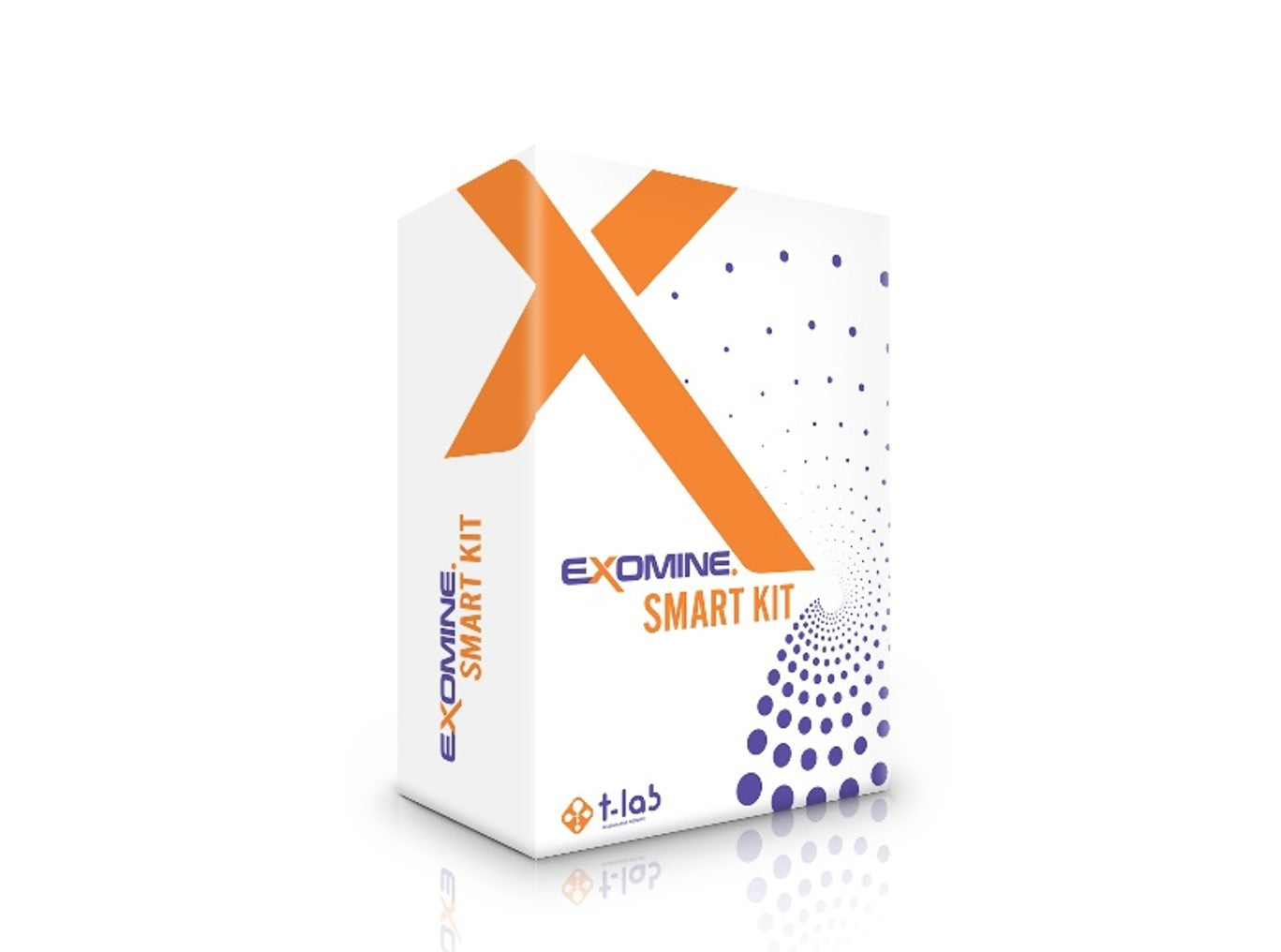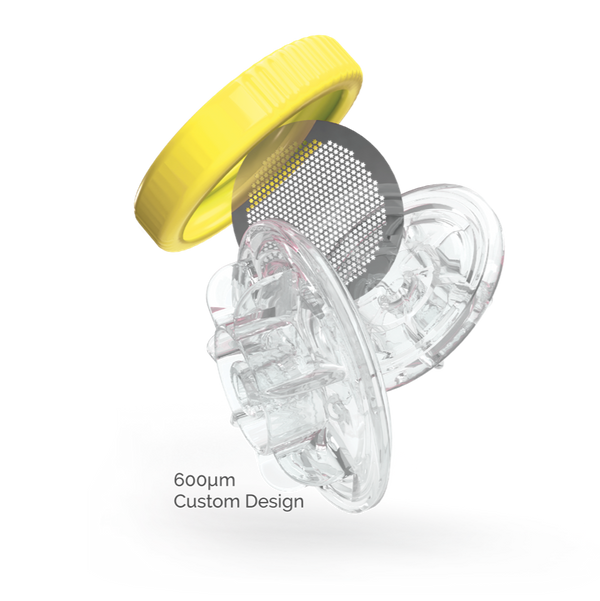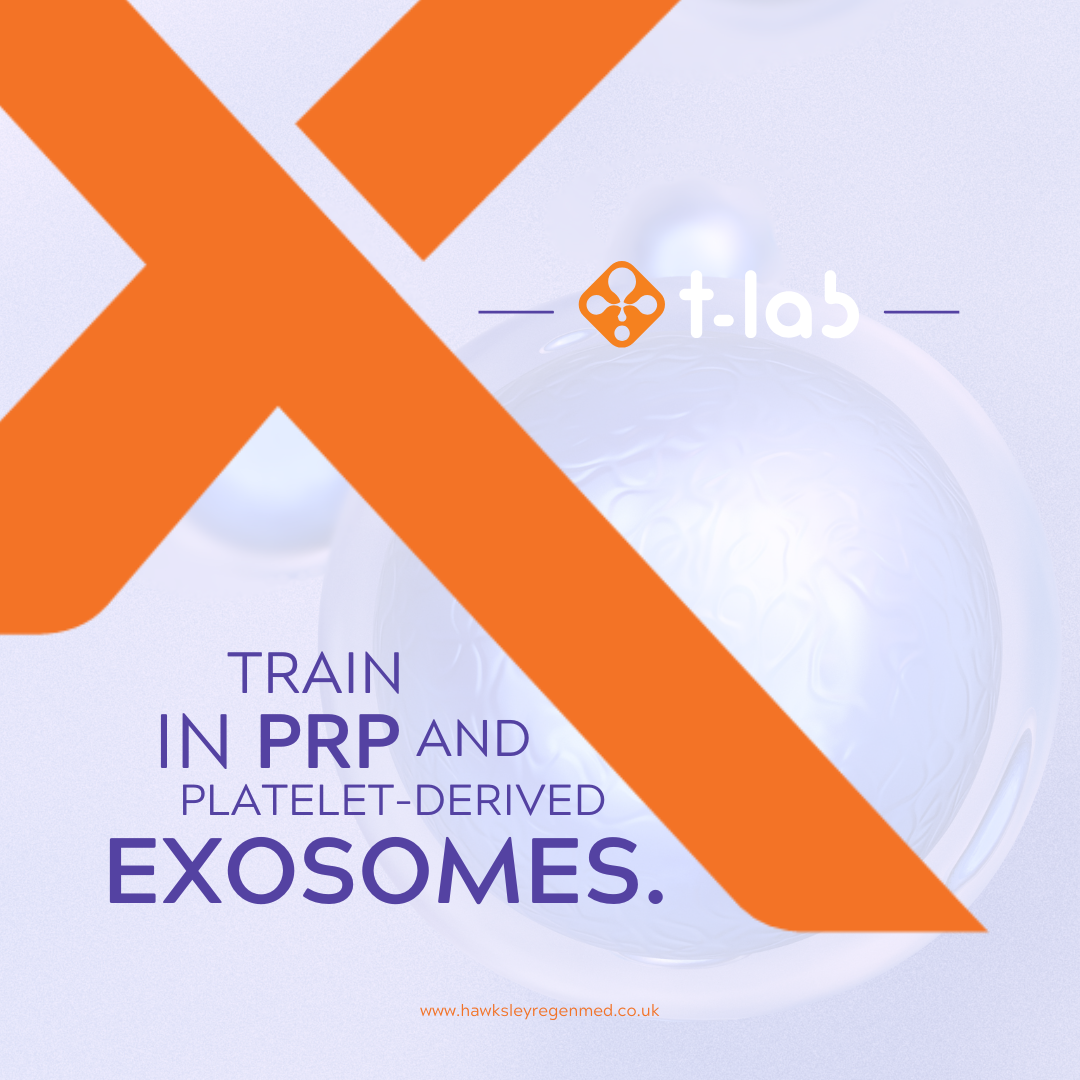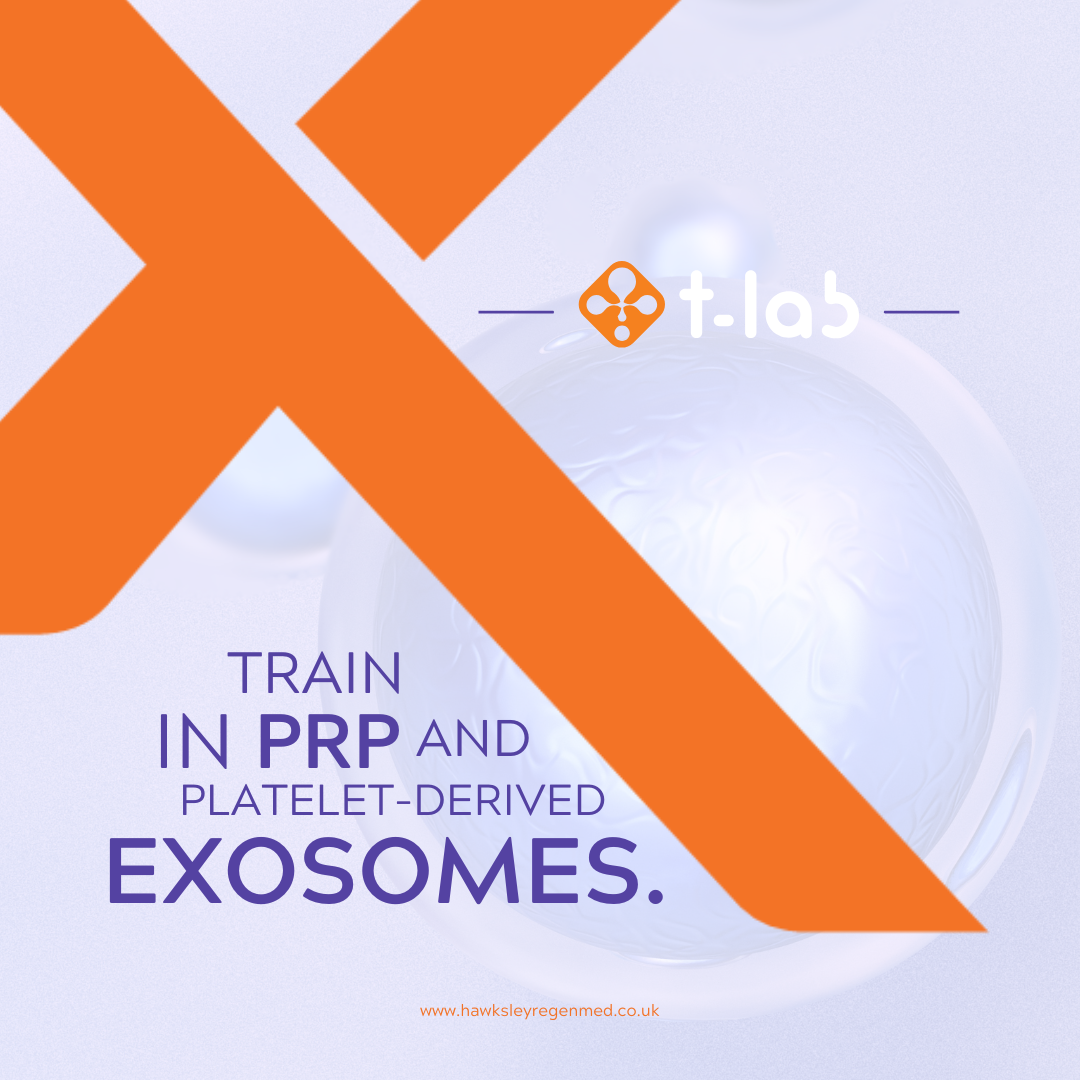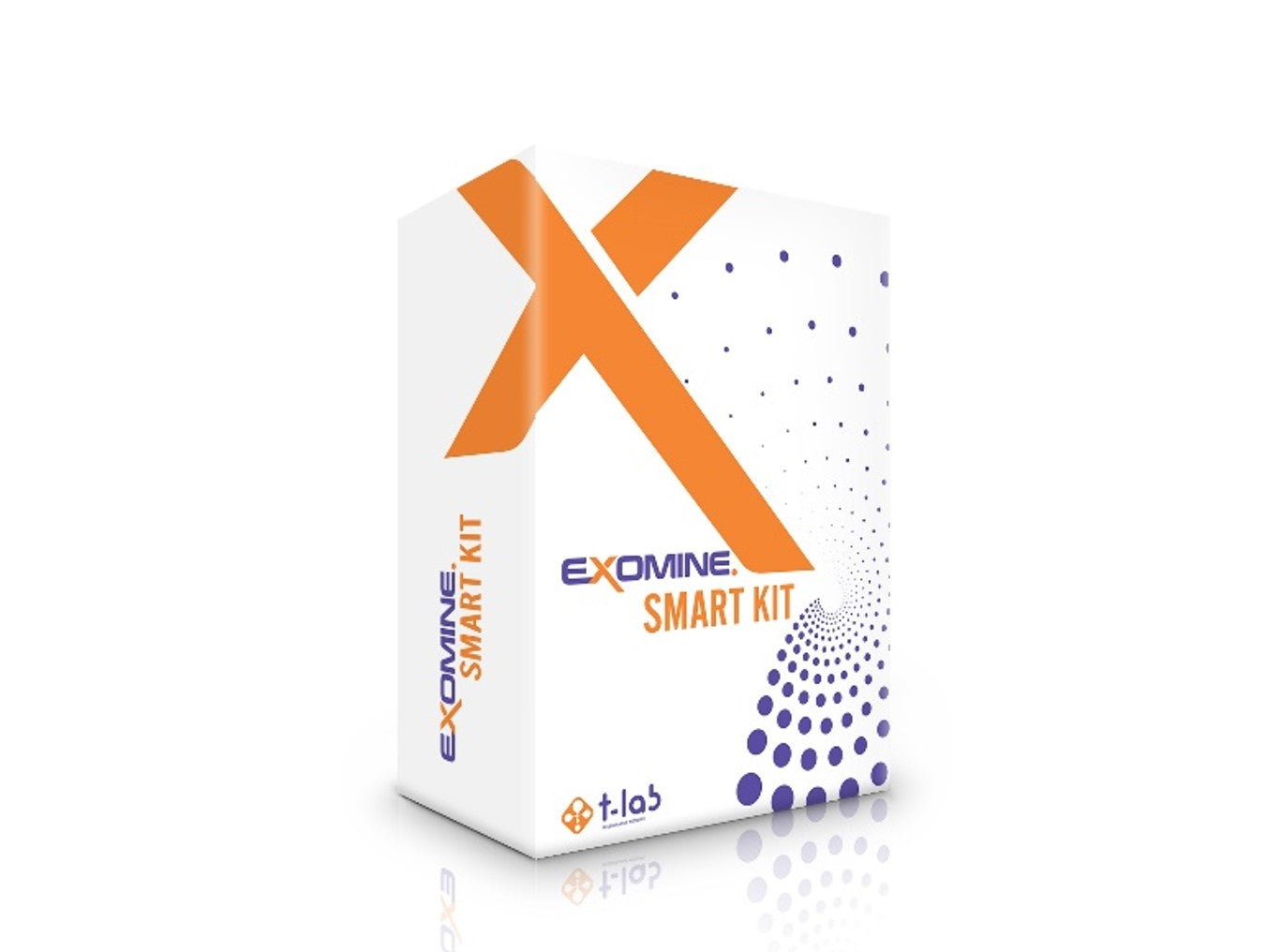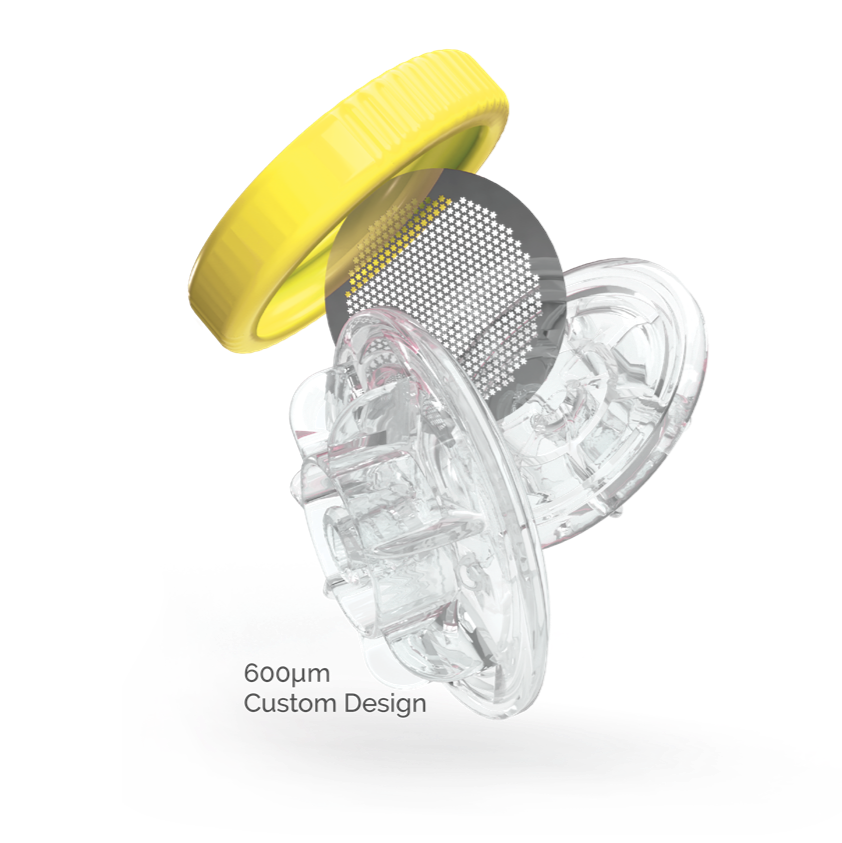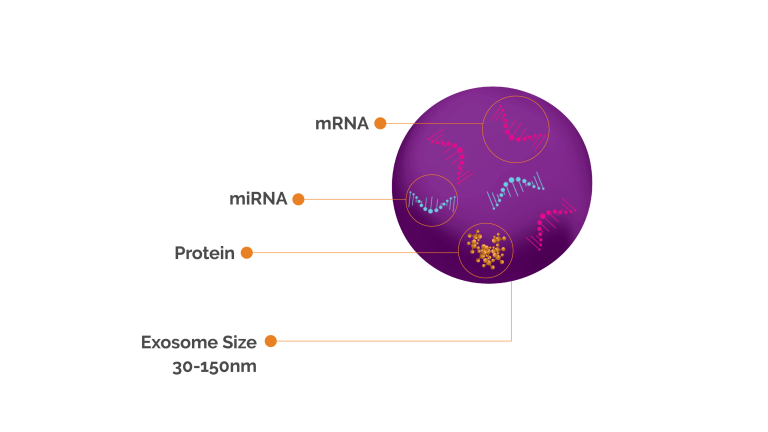The Microlyzer Blade. The 600um Microlyzer has specially designed blades and structure to induce stress on blood cells, leading to the release to billions of vesicles. It also plays a crucial role in the activation of platelet cells.
Advanced PRF Tube. T-Lab, in collaboration with specialist medical professionals, have developed a patented and uniquely designed "advanced PRF tube" as a result of studies aimed at enhancing vesicle release of blood cells. Its specially grooved design facilitates the release of billions of vesicles and activation of platelet cells.
THE SCIENCE

Results of nanosignt NS300 NTA:
FTLA Concentration 7 graph for Experiment: "Striped Tube EV 1-200"
(Measurements were conducted at Yeditepe University Biosidal and R&D Laboratories
Results of Flow Cytometry:
- CD9 (Platelet) 99.6%
- CD45 (Pan Leukocyte Marker) 0.3%
- CD41 (Platelet GPIIb, IIb Integrin) 99.4%
- CD61 (Platelet glycoprotein GPIIIa) 98.6%
- CD81 (Target for anti-proliferative antigen 1 [TAPA-1]) 98.5%
- 7 AAD: 98.9%
Immunophenotypic measurements were performed using the Beckman Coulter DxFLEX Flow Cytometry system, and the evaluation was completed with the CytExpert DxFLEX software program. (Measurements were implemented at the Private Deren Laboratory)
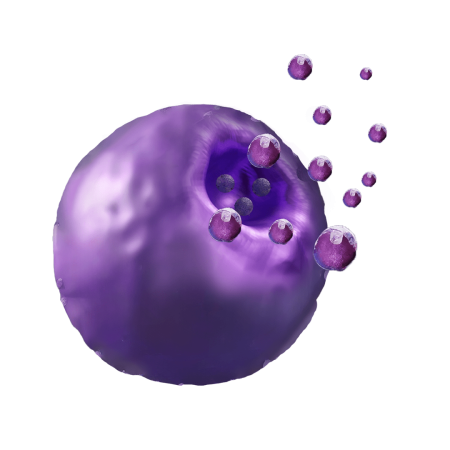
Results of Flow Cytometry:
- CD9 (Platelet) 99.6%
- CD45 (Pan Leukocyte Marker) 0.3%
- CD41 (Platelet GPIIb, IIb Integrin) 99.4%
- CD61 (Platelet glycoprotein GPIIIa) 98.6%
- CD81 (Target for anti-proliferative antigen 1 [TAPA-1]) 98.5%
- 7 AAD: 98.9%
Immunophenotypic measurements were performed using the Beckman Coulter DxFLEX Flow Cytometry system, and the evaluation was completed with the CytExpert DxFLEX software program. (Measurements were implemented at the Private Deren Laboratory)
BEFORE AND AFTER
One Treatment of Exomine, 6 months apart
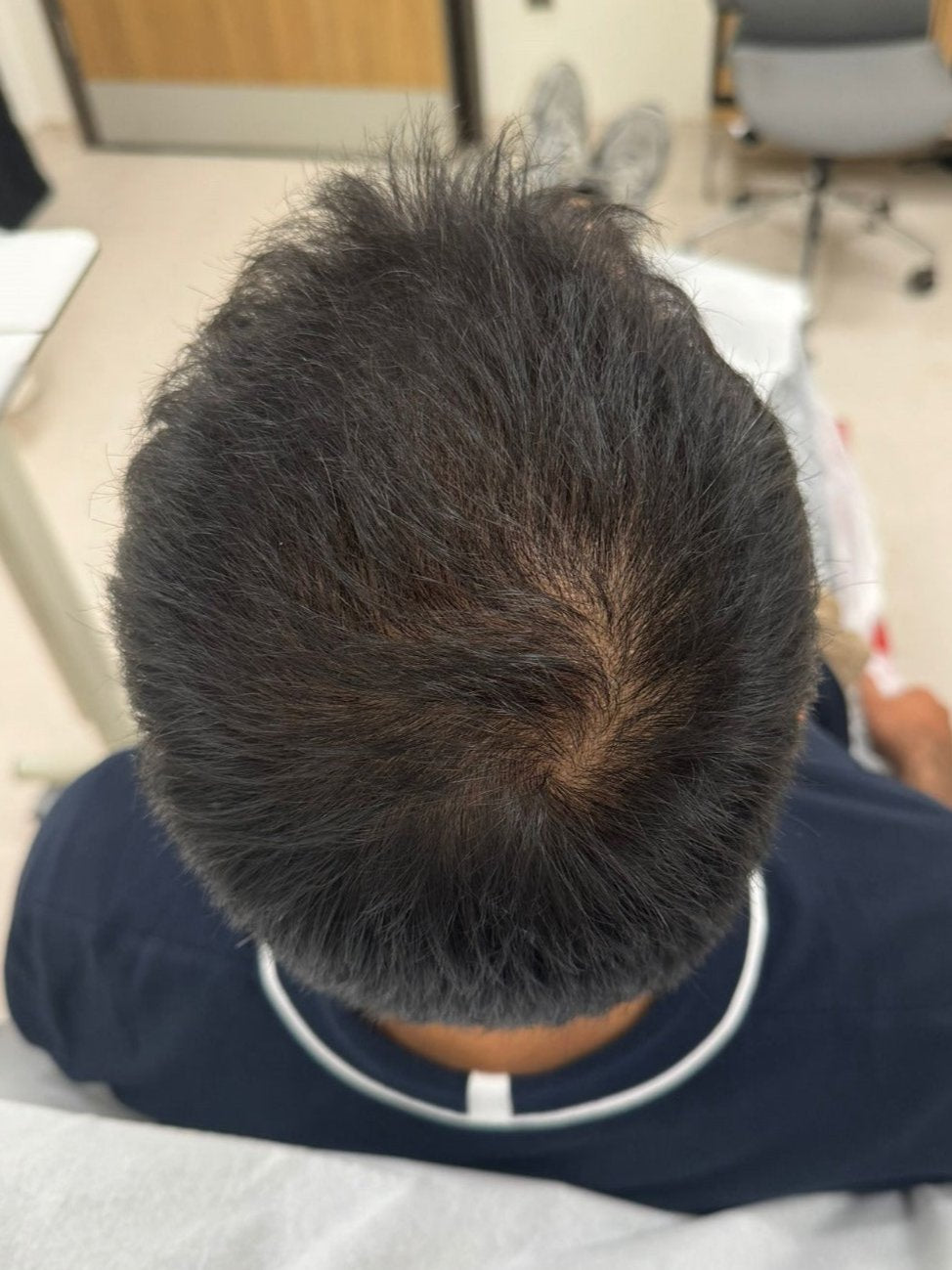
 Before
After
Before
After
One treatment of Exomine, 6 months apart

 Before
After
Before
After
TRAIN WITH US
BUY NOW

